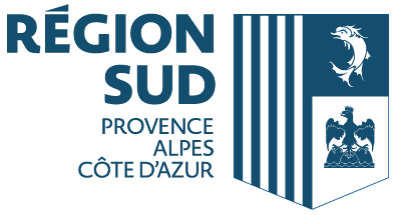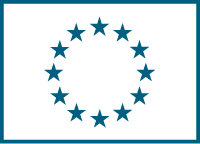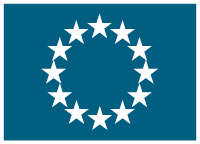Development of an Aerospace Minimized VOC Exterior System
(DAMIVOC)
Date du début: 1 déc. 2003,
Date de fin: 30 sept. 2006
PROJET
TERMINÉ
Background
The use of organic solvents in coating systems for aircrafts leads to volatile organic compounds (VOCs) being released into the air. VOCs lead to photochemical oxidants being formed in the border strata of the troposphere, which in turn causes a deterioration of natural resources and can result in damage to human health.
The prevention and reduction of atmospheric pollution is a very important issue and is the subject of an action programme of the European Commission that was approved by the Council of the European Union.
Objectives
The DAMIVOC project aimed to redefine the best available technology for external aircraft painting and enable the implementation of reduction plans to reach established environmental goals of the EU policy regarding the release of VOCs by the aircraft industry.
Overall, the project was to demonstrate in practice that aircrafts can be externally coated without using chrome (VI) and causing only minimal VOC emissions.
The project hoped that this form of product-related environmental protection (as a step towards an integrated product policy) could be shown to be transferable to other industries, as the performance requirements for coatings in the aerospace industry are extremely high.
More specifically, the project was to
reduce VOC emissions by 3,000,000 kg per year.
demonstrate that the developed low-VOC systems could also be applied in aircraft paint-shops where only sub-optimum equipment is available.
develop a comprehensive marketing plan of the results that would establish low-VOC paint systems as the new standard.
form the basis of a BREF-document according to IPPC Directive 96/61/EC (integrated pollution prevention and control).Results
Although technically promising, the beneficiary did not achieve its objectives within the duration of the LIFE project. While the research and development phase was nearly completed, no demonstration took place during the LIFE project due to heavy delays as a result of several "dead-ends". Essentially, the beneficiary got stuck at the R&D phase, which nevertheless showed some encouraging results:
The development and establishment of a knowledge-base of emulsion technology, which is a huge step forward for the development of more suitable water-based systems
Primer development: 100 resin blends were tested and two systems were chosen. A concurrent âNew Routeâ for primer development was developed as well. This alternative route is based on a zero VOC epoxy/epoxy phenolic resin/polyamide system.
Base-coat/clear-coat development; the tests conducted showed that very low VOC can be achieved.Based on these results, the beneficiary hoped that only a few more minor developments after the LIFE projects end are needed to deliver a low-VOC, chromate-free coating system to market. Additionally, this system will be thinner and lighter than conventional systems.




